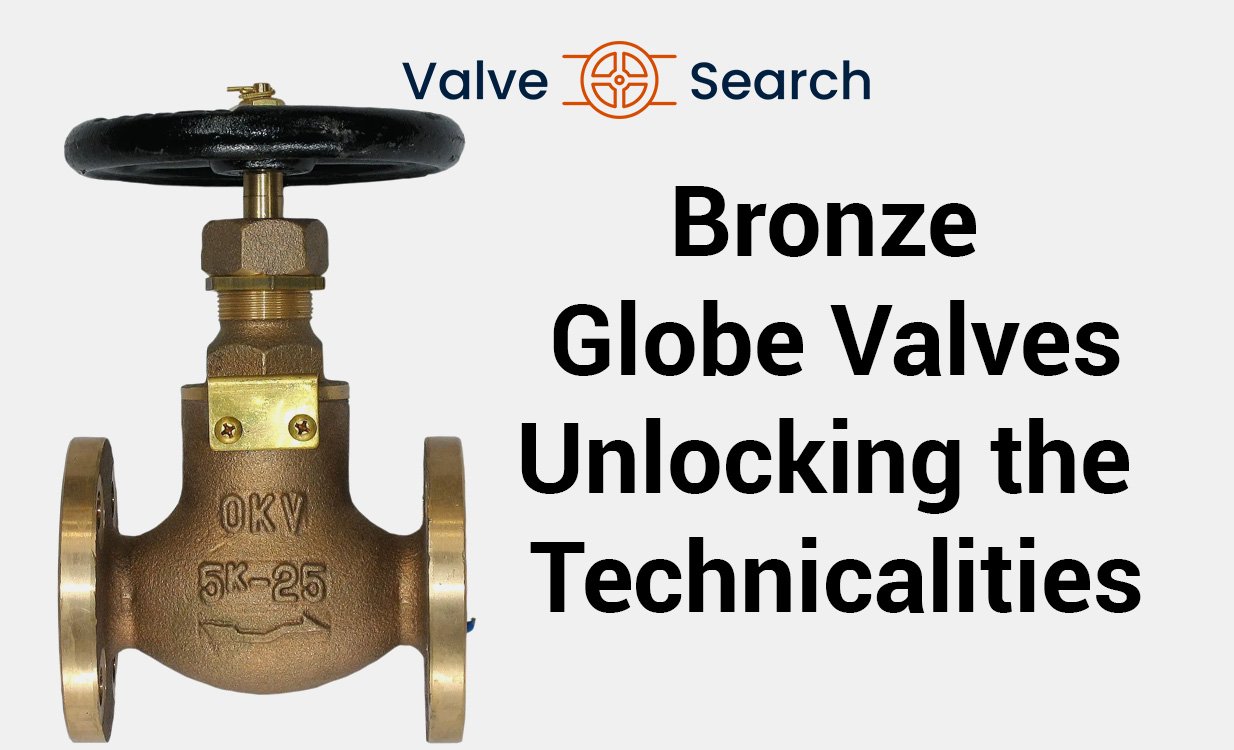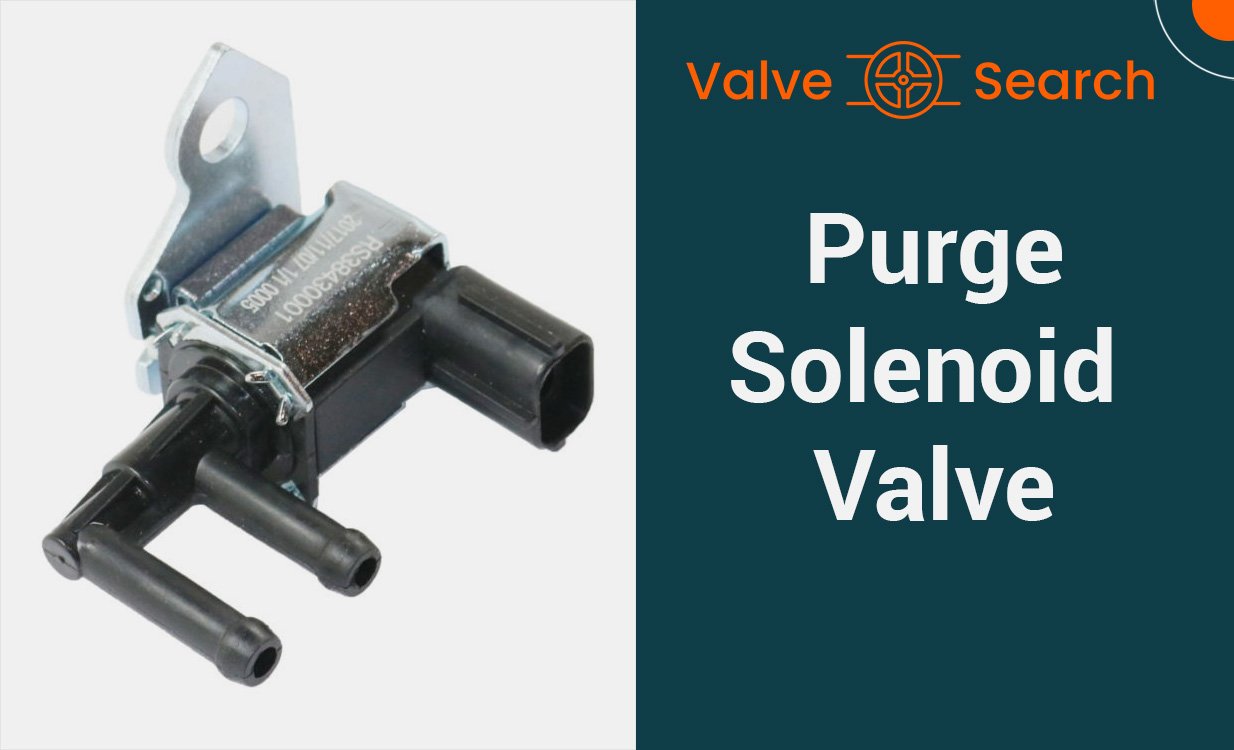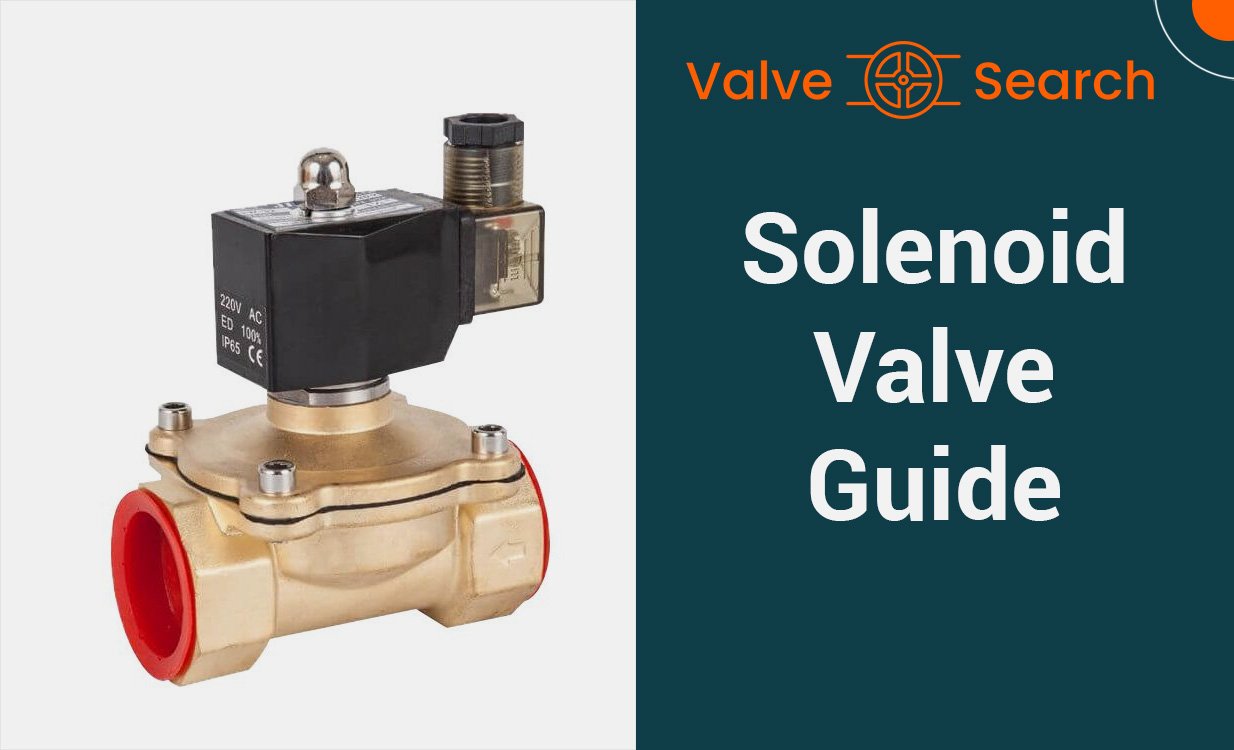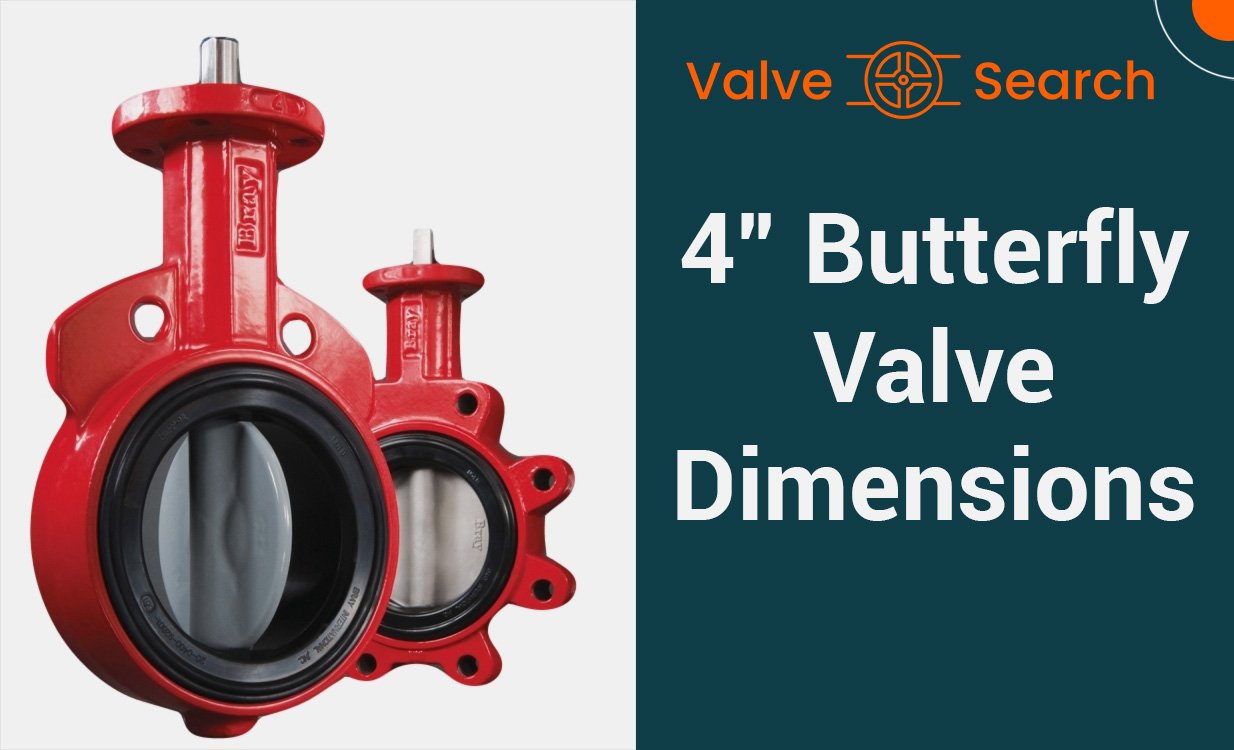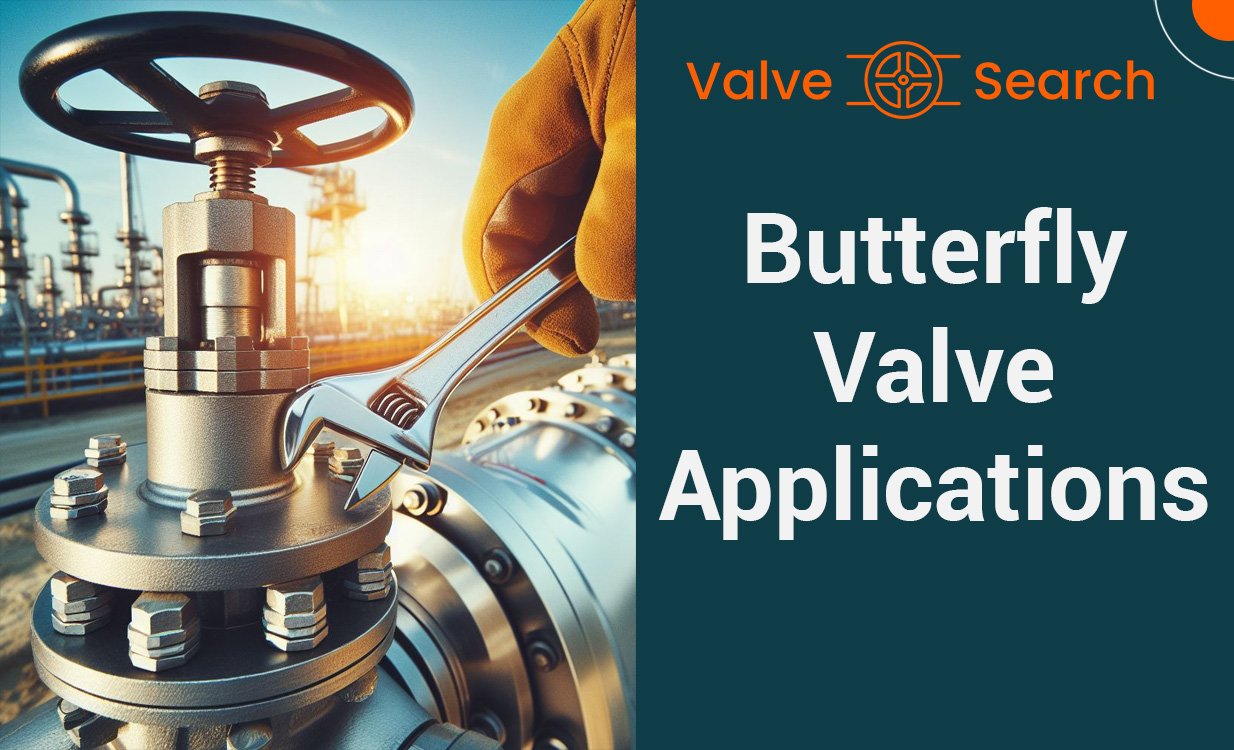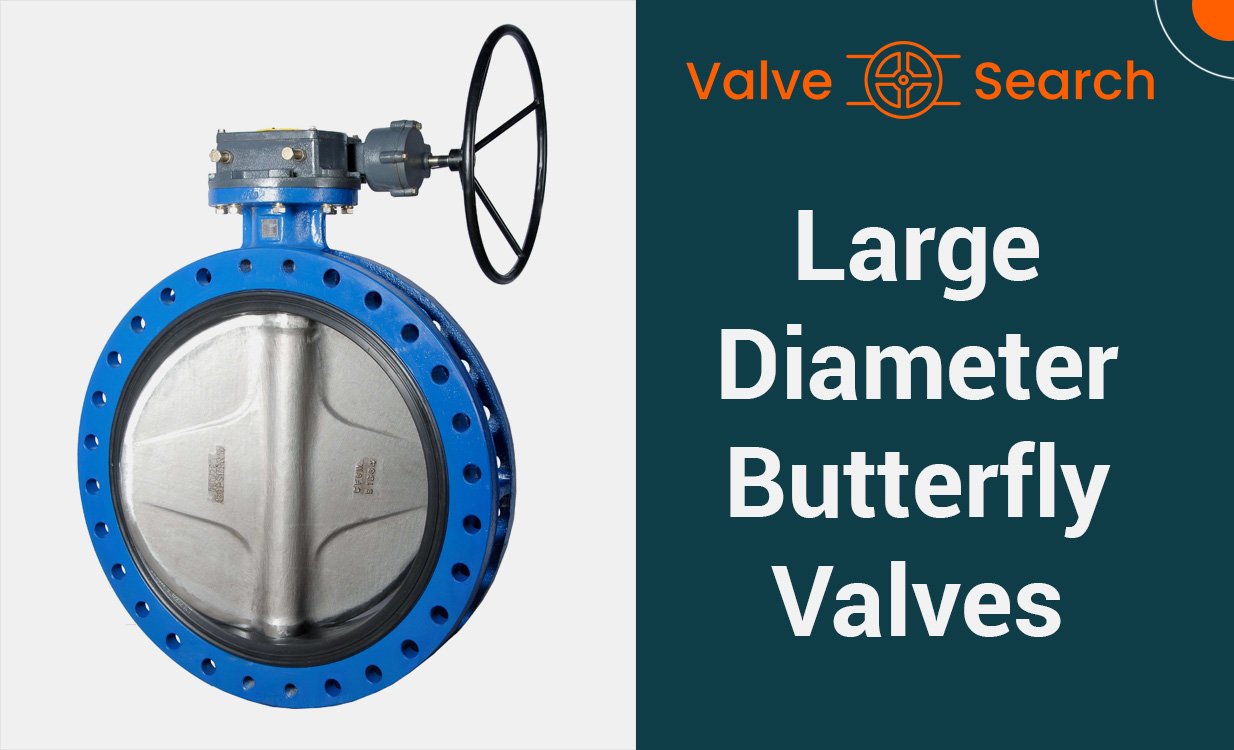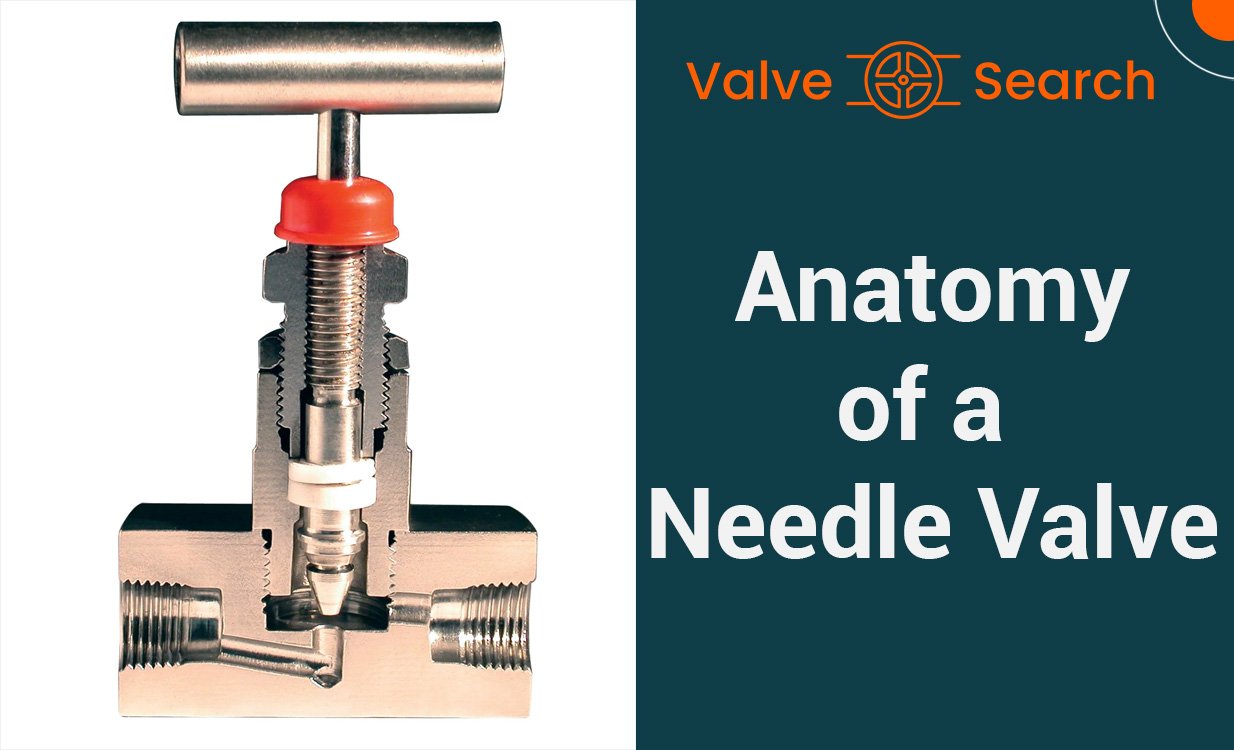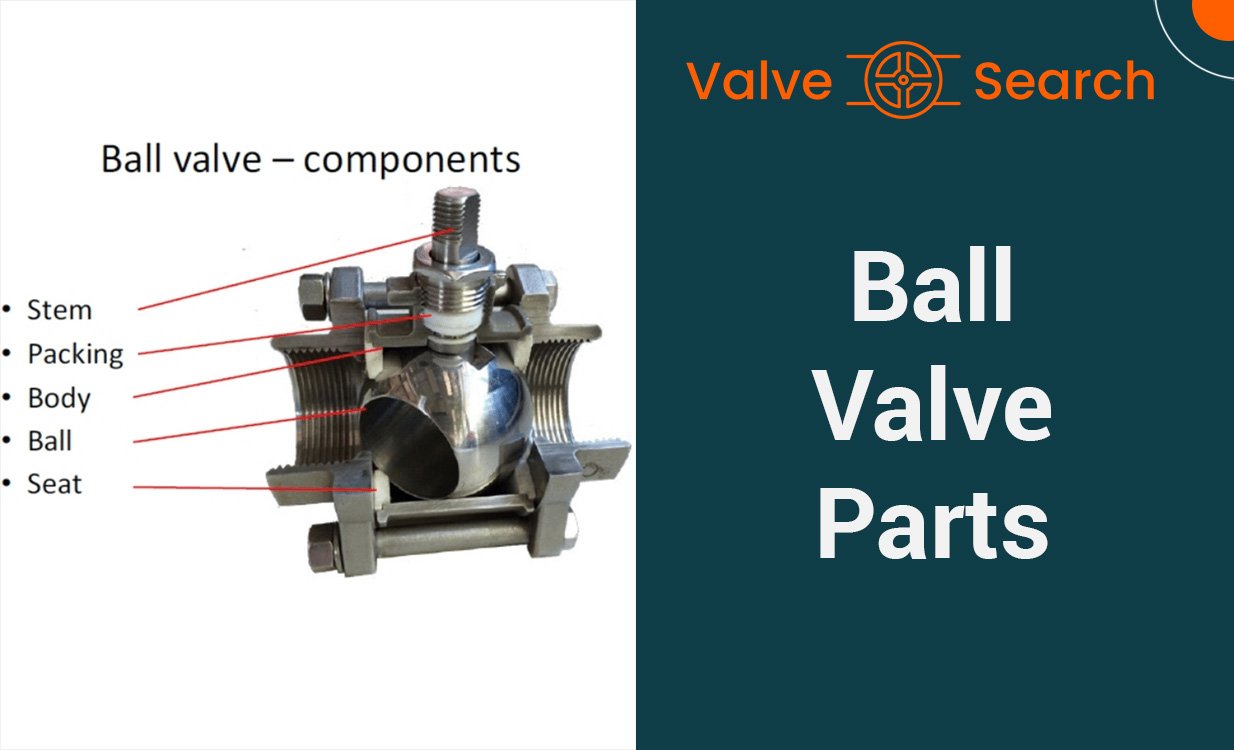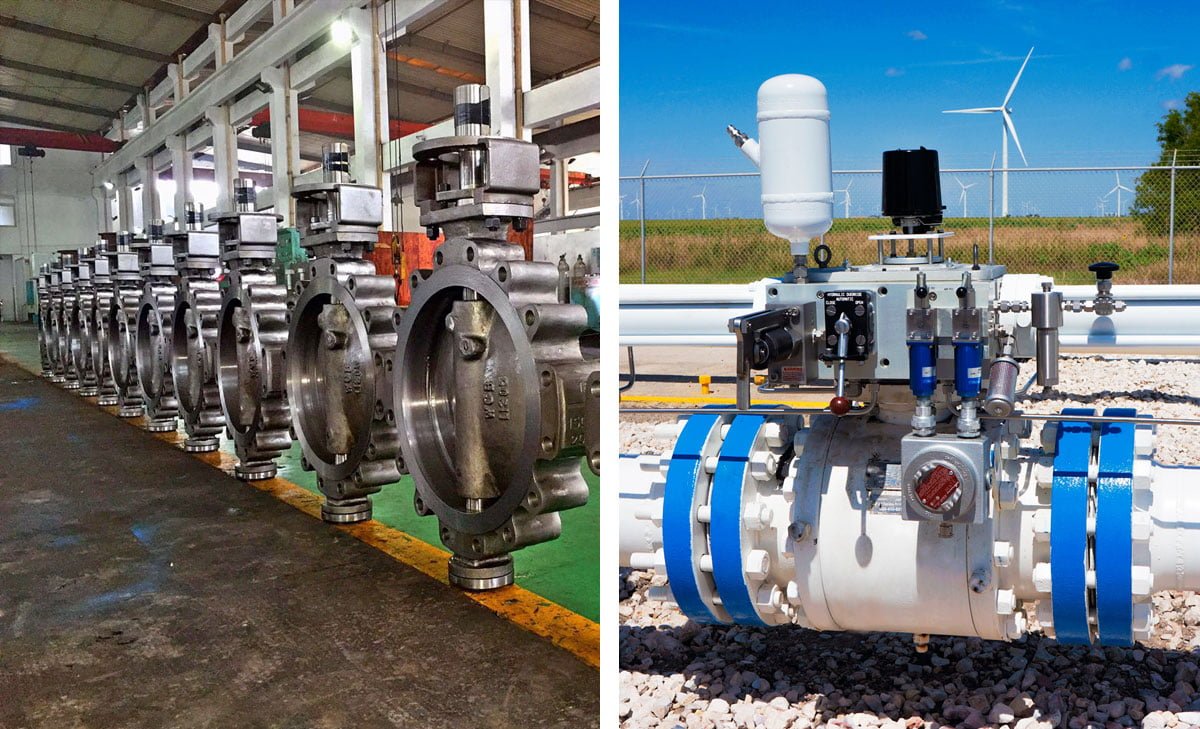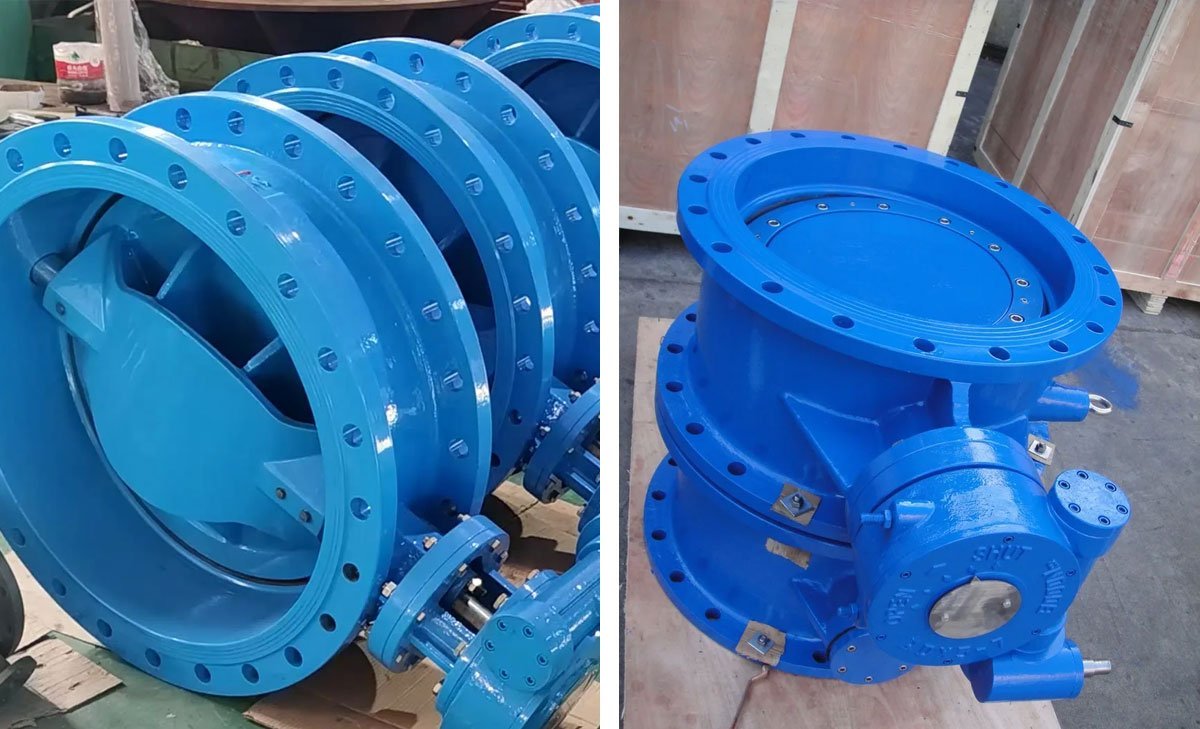The Crucial Role of Wafer Butterfly Valves in Municipal Water Supply Systems
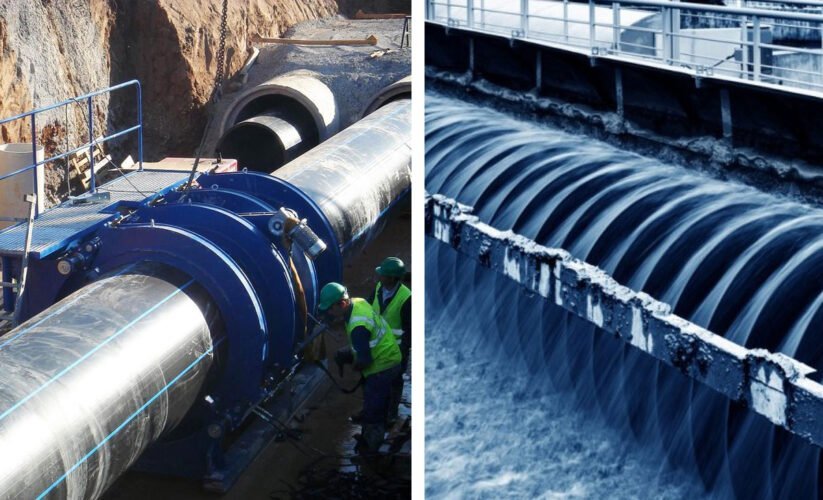
Table of Contents
ToggleWafer Butterfly Valves: Essential in Municipal Water Supply
Wafer butterfly valves play a crucial role in controlling flow and pressure in municipal water supply systems. These quarter-turn rotational motion valves are widely used to regulate flow and are particularly essential in water supply, collection, and distribution, as well as in pumping stations. The double eccentric design of these valves, such as the Hawle butterfly valves, ensures efficient flow isolation and minimizes the risk of damage to the valve disk and sealing properties. With components like the valve body, disc, seat, stem, and seals, wafer butterfly valves are designed to provide a tight seal, ensuring effective flow control and pressure management in municipal water supply systems.
Understanding Wafer Butterfly Valves
Definition and Design of Wafer Butterfly Valves
Wafer butterfly valves are essential components in controlling flow and pressure in various industrial applications, especially in municipal water supply systems. Unlike lug butterfly valves, wafer butterfly valves are designed to retain a seal and protect against dual-directional pressure differential in the flow of fluid. Their primary function is to hold a tight seal, preventing backflow in systems with uni-directional flow. This is achieved using a tightly fitted seal, such as an O-ring or gasket, along with a precision-machined flat valve face on the downstream and upstream sections of the valve.
Components of Wafer Butterfly Valves
Wafer butterfly valves consist of a streamlined and space-saving design, making them suitable for limited installation space. The valve components typically include a valve body, a disc, a stem, a seat, and an actuator. The valve body, often made of cast iron or stainless steel, provides the housing for the internal components and ensures proper flow control. The disc, attached to a rod, rotates a quarter turn to regulate the flow of fluid, and the seat forms a tight seal when the valve is closed. Additionally, the actuator, which can be manual, pneumatic, or electric, controls the operation of the valve.
The Double Eccentric Advantage
One of the key advantages of wafer butterfly valves is their double eccentric design, which reduces wear and tear while ensuring a tight seal. The double eccentric feature allows the disc to be positioned away from the seat during the opening and closing stages, minimizing friction and extending the valve’s lifespan. This design also minimizes the torque required to operate the valve, resulting in energy savings and efficient flow control. The double eccentric advantage makes wafer butterfly valves a preferred choice for applications requiring reliable and durable flow and pressure control mechanisms.
Role in Municipal Water Systems
Wafer butterfly valves play a critical role in controlling the flow and pressure within municipal water supply systems. These essential components provide efficient and reliable performance, ensuring the smooth operation of water distribution networks.
Flow Control Essentials
The ability to regulate the flow of water is fundamental in municipal water systems. Wafer butterfly valves offer precise control over the volume of water passing through the pipelines, allowing for optimal distribution to different areas within a city or town. This capability ensures that water can be directed to where it is needed most, addressing varying demand levels without compromising efficiency.
Pressure Management Capabilities of Wafer Butterfly Valves
Maintaining suitable pressure levels throughout the water supply network is crucial for consistent and dependable service. Wafer butterfly valves effectively manage pressure by modulating the flow, preventing potential issues such as water hammer and excess pressure buildup. This capability helps to safeguard the infrastructure from unnecessary stress, prolonging the lifespan of the system and reducing the likelihood of disruptions.
Advantages in Water Supply Networks
In water supply networks, the advantages of wafer butterfly valves are evident. Their compact design makes them well-suited for use in tight spaces, enabling seamless integration into existing pipeline layouts. Furthermore, their quick and easy operation facilitates efficient maintenance and repairs, minimizing downtime and optimizing overall system performance. Additionally, the minimal pressure drop across the valve contributes to energy conservation, a valuable benefit for sustainable and cost-effective water distribution.
By providing essential flow control, effective pressure management, and numerous advantages for water supply networks, wafer butterfly valves prove to be indispensable components in ensuring the reliable and efficient operation of municipal water systems.
Installation and Maintenance of Wafer Butterfly Valves
Installing a wafer butterfly valve involves several steps to ensure proper functionality and longevity. Routine maintenance is crucial for optimal performance, and familiarity with troubleshooting common issues can prevent disruptions in municipal water supply systems.
How to Install a Wafer Butterfly Valve?
- Preparation: Begin by thoroughly inspecting the valve, ensuring that it is free of any defects or damage. Check that all accompanying components, such as gaskets and fasteners, are in good condition.
- Positioning: Position the valve between the flanges, aligning the bolt holes. Place gaskets on both sides of the valve to ensure a tight seal.
- Securing: Secure the valve in place by inserting the bolts and evenly tightening them to the manufacturer’s specifications. Take care not to over-tighten, as this can lead to distortion or damage.
- Testing: Once secured, conduct a test run to ensure smooth operation and leakage-free performance.
Routine Maintenance and Durability of Wafer Butterfly Valves
To maintain the efficiency and longevity of wafer butterfly valves in municipal water supply systems, routine maintenance is essential:
- Regular Inspections: Periodically check for signs of leakage, corrosion, or wear. Address any issues promptly to prevent further damage.
- Lubrication: Proper lubrication of the valve components is crucial for smooth operation. Follow the manufacturer’s recommendations for lubricants and application intervals.
- Cleaning: Keep the valve and surrounding areas clean to prevent debris or contaminants from affecting performance.
- Material Compatibility: Ensure that the valve materials are compatible with the substances flowing through the system to prevent corrosion or deterioration.
Troubleshooting Common Issues
Common issues that may arise with wafer butterfly valves include:
- Leakage: Inspect the valve and surrounding components for damage or misalignment. Tighten connections or replace gaskets as needed.
- Sticking: If the valve becomes difficult to operate, check for obstructions or build-up within the valve. Cleaning and lubrication can often resolve this issue.
- Corrosion: Address any signs of corrosion promptly to prevent deterioration of the valve components. Consider implementing protective coatings or materials if corrosion becomes a recurring problem.
By following these installation and maintenance guidelines for wafer butterfly valves, municipalities can ensure the reliability and effectiveness of their water supply systems.
Comparison with Other Valve Types
Wafer Butterfly Valves vs. Gate Valves
Wafer butterfly valves and gate valves are both used to control flow, but they differ in design and function. Gate valves are ideally suited for fully open or fully closed service and are known for minimal pressure drop, making them suitable for high-pressure applications. On the other hand, wafer butterfly valves are designed for moderate pressure and temperature applications, offering a good flow control capability with lower pressure drop. Gate valves are generally larger and heavier than wafer butterfly valves, requiring more space for installation and maintenance.
Wafer Butterfly Valves vs. Ball Valves
When comparing wafer butterfly valves to ball valves, it’s important to consider their suitability for different applications. Ball valves are known for their tight shutoff, making them ideal for use in applications where leakage is a concern. However, wafer butterfly valves offer a more cost-effective solution for moderate pressure and temperature applications, while also providing efficient flow control. Additionally, wafer butterfly valves have a lower pressure drop compared to ball valves, making them a preferred choice in certain systems.
Cost and Space Benefits
One of the key advantages of wafer butterfly valves is their cost-effectiveness. They are generally more affordable than gate valves and ball valves, making them an attractive option for budget-conscious projects. Additionally, wafer butterfly valves require less space for installation due to their compact design, making them suitable for applications where space is a premium. The compact size and lower installation costs make wafer butterfly valves a practical choice for municipal water supply systems where efficiency and cost savings are important considerations.

Case Studies
Case studies play a crucial role in understanding the practical application of wafer butterfly valves in municipal water supply systems. These real-life success stories showcase the impact of utilizing these valves and provide valuable insights into their long-term performance.
Success Stories in Municipal Water Systems
Municipalities across the globe have leveraged wafer butterfly valves to significantly enhance the efficiency and reliability of their water supply systems. For instance, in City X, the implementation of these valves resulted in a remarkable reduction in water leakage, leading to substantial cost savings and improved water conservation efforts. Similarly, in City Y, the use of wafer butterfly valves contributed to enhanced pressure regulation, ensuring consistent water flow to residents even during peak demand periods.
The success stories within municipal water systems underscore the pivotal role of wafer butterfly valves in addressing critical operational challenges and delivering tangible benefits to communities.
Long-Term Performance Analysis
In addition to success stories, conducting a comprehensive long-term performance analysis of wafer butterfly valves in municipal water systems is essential. This analysis involves monitoring factors such as valve durability, resistance to corrosion, and overall operational effectiveness over an extended period. By examining the sustained performance of these valves, water utility managers can make informed decisions regarding maintenance schedules, replacement intervals, and future infrastructure investments.
Moreover, analyzing the long-term performance of wafer butterfly valves enables municipalities to optimize their water distribution networks, minimize service disruptions, and ensure the continuous delivery of high-quality water to residents.
Case studies and long-term performance analysis collectively provide invaluable evidence of the substantial impact and reliability of wafer butterfly valves in controlling flow and pressure within municipal water supply systems.
Future Developments and Innovations
Technological advancements continue to drive the evolution of butterfly valves, enabling more efficient and sustainable water management in municipal water supply systems. These innovations are shaping the future of flow and pressure control, paving the way for more effective and environmentally conscious water distribution.
Advancements in Butterfly Valve Technology
With the rapid progress in materials science and engineering, manufacturers are developing butterfly valves with enhanced durability, corrosion resistance, and precision control. The integration of advanced materials such as composite polymers and ceramic compounds is leading to the creation of valves capable of withstanding harsh operating conditions while maintaining optimal performance.
Furthermore, the incorporation of smart technologies, such as IoT-enabled monitoring and control systems, is revolutionizing the way butterfly valves are utilized in water supply networks. These intelligent systems provide real-time data on flow rates, pressure levels, and valve status, enabling proactive maintenance and improved operational efficiency.
Sustainable Water Management with Butterfly Valves
In alignment with the global focus on sustainability, the role of butterfly valves in promoting efficient water usage and distribution is becoming increasingly crucial. By leveraging the controllability and reliability of modern butterfly valve designs, municipalities can implement more effective water conservation measures and minimize leakage in their supply infrastructure.
Additionally, the integration of renewable energy sources, such as solar and wind power, into butterfly valve actuation systems contributes to the overall sustainability of water treatment and distribution processes. This shift towards eco-friendly energy solutions ensures that the operation of butterfly valves aligns with environmental stewardship practices, reducing the carbon footprint associated with water supply management.
In summary, the ongoing advancements in butterfly valve technology and the emphasis on sustainable water management are driving the evolution of municipal water supply systems. These developments are instrumental in ensuring the efficient, reliable, and environmentally responsible distribution of water to communities, laying the groundwork for a more sustainable and resilient water infrastructure.
Conclusion
In conclusion, wafer butterfly valves play a crucial role in effectively controlling flow and pressure in municipal water supply systems. By offering reliable shut-off and regulating capabilities, these valves contribute to the efficient operation of water distribution networks. Their compact design, low pressure drop, and ease of maintenance make them a preferred choice for ensuring seamless and uninterrupted water supply to communities. Understanding the significance of wafer butterfly valves in maintaining optimal water flow and pressure is essential for the sustainable management of municipal water resources.

